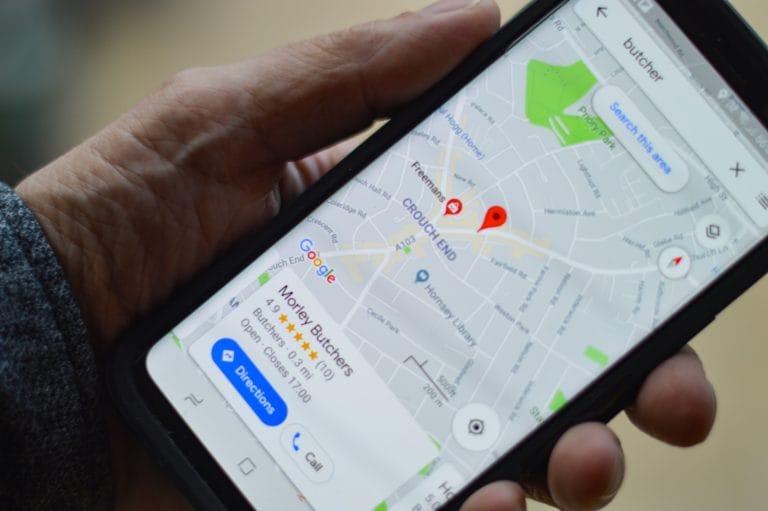Beyond WordPress: Discover the Future of Headless CMS and Low-Code Platforms
In the ever-evolving world of web development, the search for the “next big thing” after WordPress has sparked endless debates. While no single platform has emerged as a definitive successor, a host of exciting alternatives is shaking up the digital landscape. These contenders offer innovative approaches—whether it’s through headless architecture, low-code/no-code platforms, or even composable systems—that cater to varying needs and technical skills.
A New Era of Content Management
The future of content management is all about flexibility and speed. For developers and businesses looking to break away from the traditional monolithic systems, headless CMSs present an enticing option. By decoupling the content repository from the presentation layer, these platforms act much like a separated brain and body, where you can update one without disrupting the other.
- Contentful shines in the realm of omnichannel content delivery. Its robust system is ideal for intricate projects that demand a high degree of control.
- Sanity takes customization to the next level, offering developers the freedom to tailor solutions for complex, bespoke projects.
- Strapi stands out as an open-source alternative, giving developers full control over the API and data structure, paving the way for innovative integrations.
Empowering Everyone: Low-code/No-code Platforms
Not everyone is a seasoned coder, and that’s where low-code and no-code platforms step in. These user-friendly tools enable creatives and entrepreneurs to build websites and applications without getting bogged down by technical complexities.
- Wix offers an intuitive drag-and-drop interface that makes website creation a breeze for beginners, though it may not meet the scalability demands of more advanced projects.
- Squarespace impresses with its beautifully designed templates and simplicity, making it a favorite among bloggers and small businesses.
- Webflow strikes a balance between design freedom and visual coding, allowing users to create responsive websites with a more hands-on approach.
- Bubble caters to app developers by providing a platform for building fully functional web applications complete with dynamic workflows—all without writing code.
Building with Modular Pieces: Composable Architectures
Imagine constructing your digital presence with Lego bricks—each piece representing a specialized component of your overall system. Composable architectures let businesses mix and match pre-built solutions, such as integrating a headless CMS with a microservices-based e-commerce platform or a customer data platform via API gateways. This modular approach can offer unparalleled flexibility and scalability, though it requires a bit more planning and technical expertise.
Navigating the Transition: Migration Considerations
Switching from WordPress to these innovative alternatives isn’t always a plug-and-play scenario. For headless CMSs, migrating your content typically involves working with APIs and rebuilding your front end. Low-code/no-code platforms often offer import tools, but the design might need a fresh approach. And if you’re venturing into composable architectures, be prepared for the challenge of integrating multiple systems seamlessly.
Looking Ahead: Future Trends and WordPress’s Evolution
What’s on the horizon? Expect to see more AI-driven content creation tools that optimize your content and even automate tedious tasks like SEO. Personalized content recommendations powered by AI and blockchain-based content verification are also on the radar, hinting at a future where the web is not just smarter, but also more secure and interactive.
Even WordPress isn’t standing still. With its ongoing evolution—integrating headless capabilities through REST APIs and plugins, as well as low-code/no-code features via its block editor—WordPress continues to adapt. Its infusion of AI-driven personalization and dynamic chatbots shows that even the old guard is ready to embrace the innovations of tomorrow.
The Bottom Line
There isn’t a one-size-fits-all replacement for WordPress. The right choice depends on your unique needs, your technical expertise, and the specific demands of your project. Whether you’re drawn to the powerful customizations of headless CMSs, the ease of low-code/no-code platforms, or the versatility of composable architectures, the digital future is full of possibilities. The shift isn’t about abandoning WordPress overnight but rather about exploring a richer, more diverse ecosystem where every platform brings something unique to the table.
Embrace the change and explore these new horizons—you might just find the perfect fit for your digital vision.








